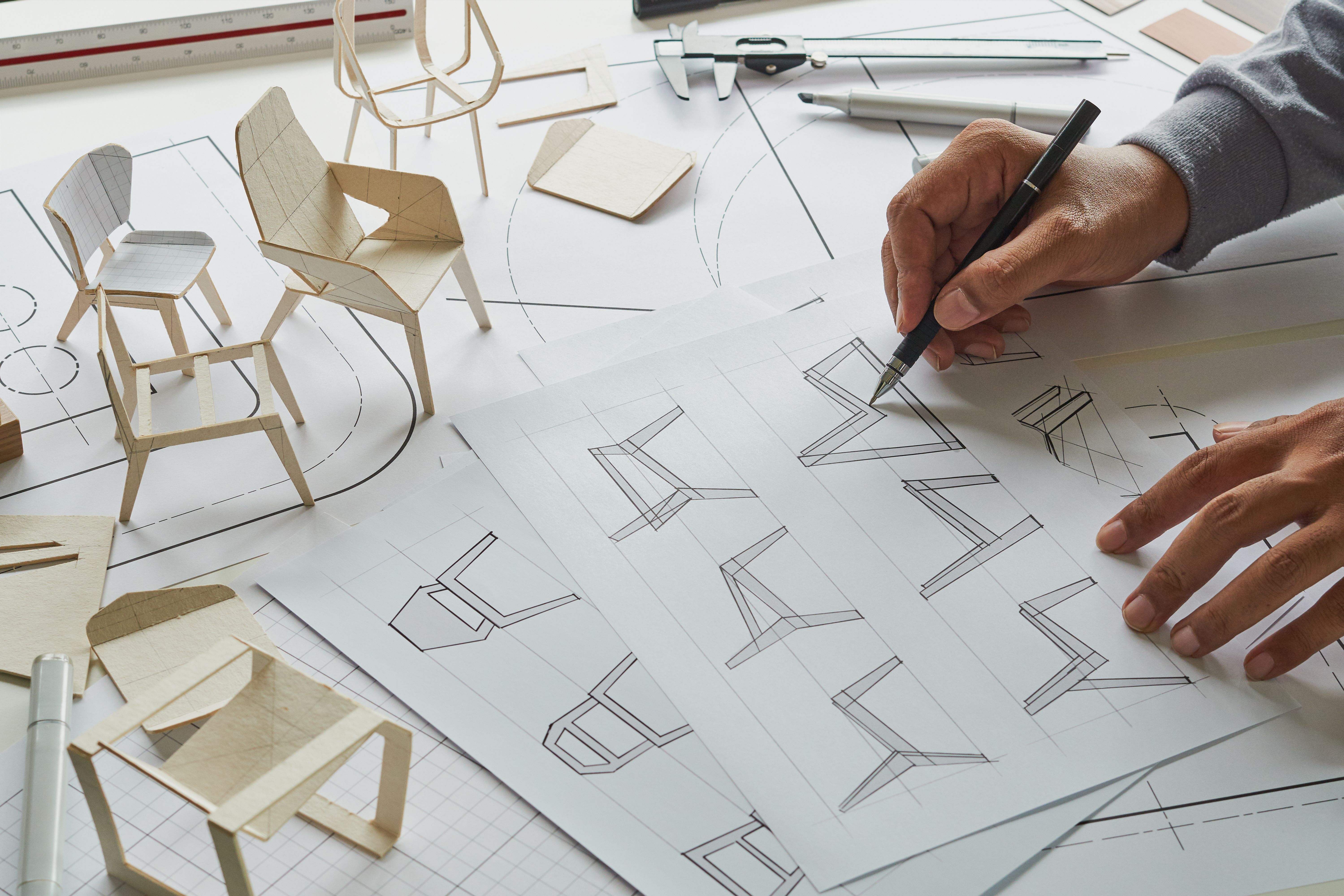From Concept to Creation: The Journey of a Custom Product Idea
Bringing a custom product idea to life is an exhilarating journey. It begins with a spark of inspiration and culminates in a tangible product ready for market. This process is both creative and strategic, requiring a blend of imagination, research, and execution. Let's explore the steps involved in transforming a concept into a custom product.
Understanding the Market
Before diving into product design, it's crucial to understand the market landscape. Conducting thorough market research helps identify potential competitors, target audience preferences, and existing gaps in the market. This foundational step ensures that your product not only stands out but also meets a genuine need.
Engage with potential customers through surveys or focus groups to gather insights about their needs and preferences. Analyze competitors to understand what they offer and where your product can differentiate itself. This information is invaluable as it guides the development process.

Ideation and Concept Development
With market insights in hand, it's time to brainstorm and develop your product concept. This stage is where creativity shines. Collaborate with a diverse team to generate innovative ideas, considering various designs, features, and functionalities that align with your research.
Narrow down your ideas by evaluating their feasibility, cost, and potential impact. Create sketches or digital renderings to visualize how your product will look and function. This visualization helps in refining the concept further.
Design and Prototyping
Once a concept is selected, the design phase begins in earnest. Leverage the expertise of industrial designers and engineers to create detailed designs that consider both aesthetics and usability. It's essential to ensure that the design aligns with the brand's vision and target audience.

Prototyping is a critical step where ideas become tangible. Develop prototypes to test design assumptions and functionality. This hands-on approach allows for adjustments and refinements based on real-world testing and feedback.
Testing and Iteration
The testing phase involves rigorous evaluation of the prototype's performance and durability. Gather feedback from beta testers or select customers to identify any shortcomings or areas for improvement. This iterative process is vital for polishing the product.
Iterate on the design by incorporating feedback and making necessary adjustments. The goal is to optimize the product until it meets both the creator's vision and customer expectations.

Manufacturing and Launch
With a refined prototype, it's time to move into manufacturing. Partner with reliable manufacturers who can produce your product at scale while maintaining quality standards. Consider factors like production costs, timelines, and logistics during this phase.
As manufacturing progresses, prepare for the product launch by developing marketing strategies that highlight its unique features and benefits. A well-executed launch plan ensures that your product captures attention and gains traction in the market.
Post-Launch Evaluation
The journey doesn't end at launch. Post-launch evaluation is crucial for understanding the product's performance in the market and customer reception. Monitor sales data, gather customer feedback, and track any issues that arise after launch.

Use this data to make informed decisions about future iterations or expansions of the product line. The insights gained here can guide future projects, ensuring continued success in bringing custom products to life.
The journey from concept to creation is both challenging and rewarding. By following a structured approach, you can transform a simple idea into a successful custom product that resonates with your audience.